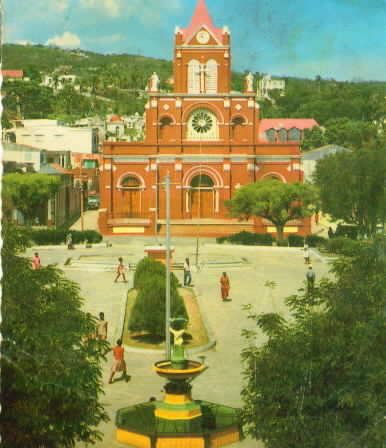On the E coast of the S Indian ocean island.
In the 1880s Charles Lightoller was shipwrecked here. He accurately describes the island in his autobiography, Titanic and Other Ships. During French rule of Mauritius, Saint-Paul as well as île Amsterdam were administered from Port Louis, but they were transferred to Réunion prior to British invasion of Mauritius.
In 1871 a British frigate, HMS Megaera, was wrecked on the island. Most of the 400 persons on board had to remain upwards of three months on the island.
Lightoller suggested that pirates may have used the island and their treasure could be buried in its caves. There is also speculation that officers from the German auxiliary cruiser Atlantis hid treasure near the entrance of the bay during World War II.
In 1928, an ill-fated spiny lobster cannery was established on Île Saint-Paul. Seven employees of the cannery were abandoned to their fate on the island when the company went bankrupt in 1931; they later came to be known as Les Oubliés de Saint-Paul ("the forgotten ones of St. Paul"). Five died; the two survivors were finally rescued in 1934.







